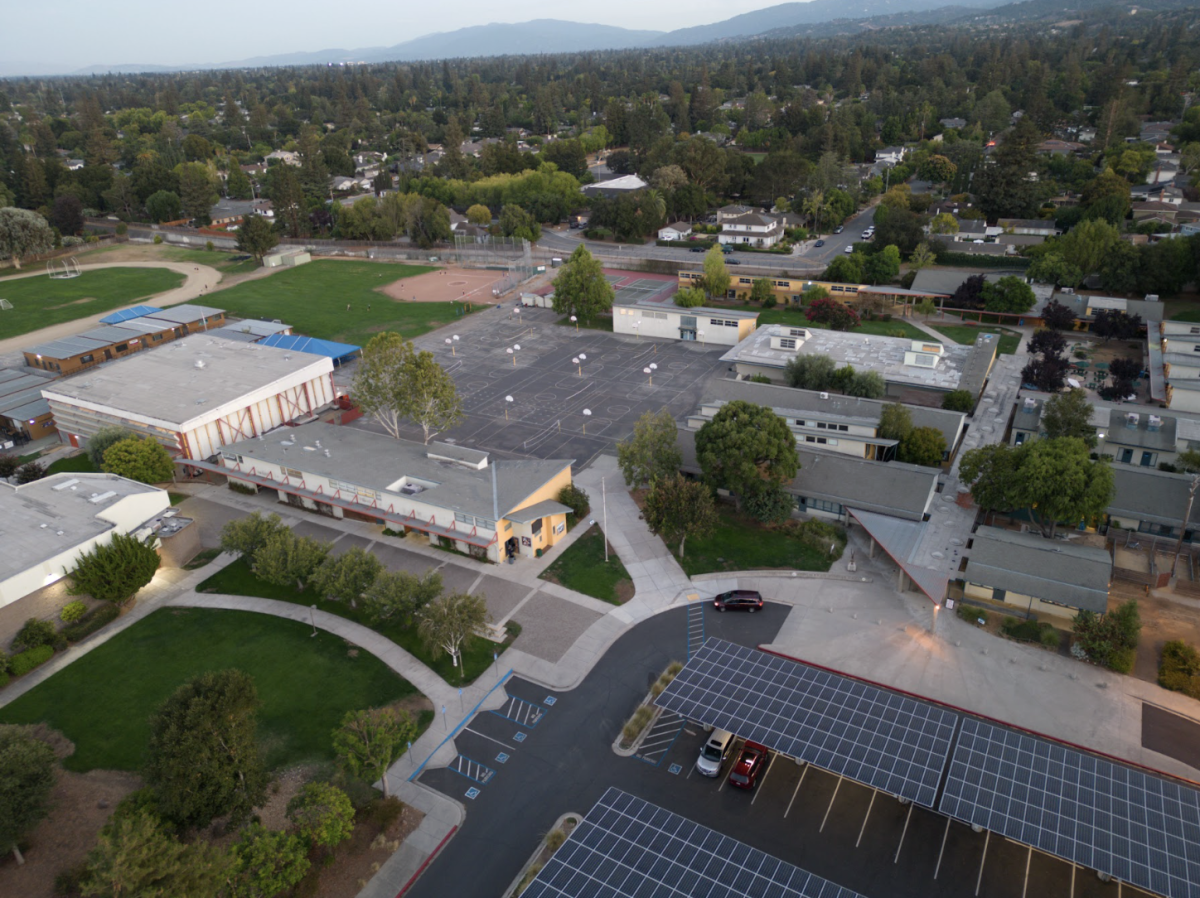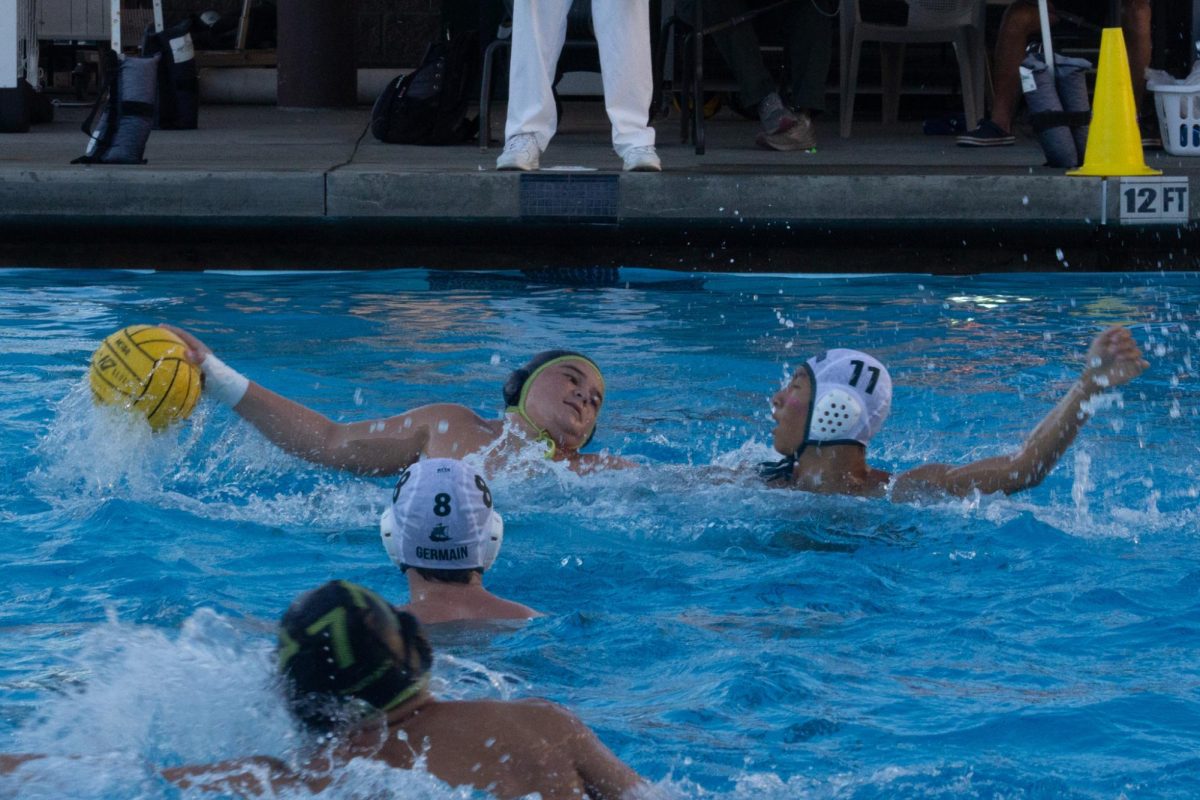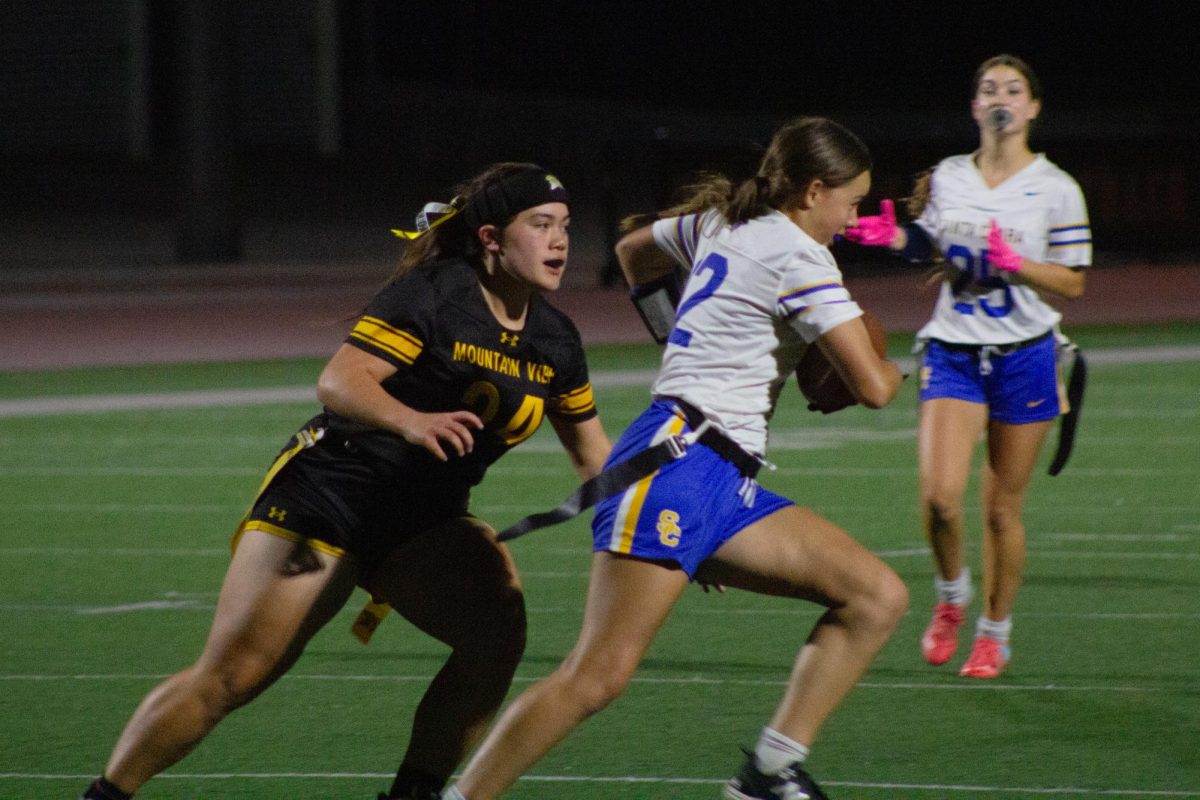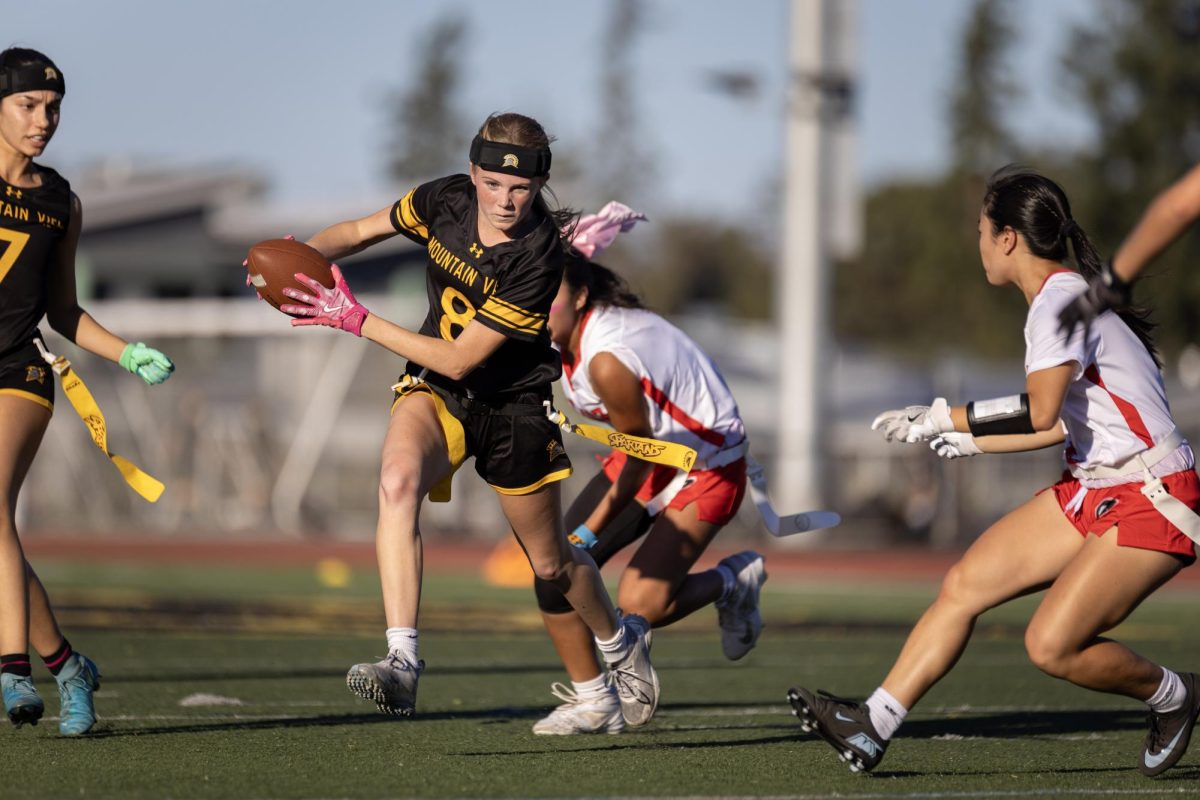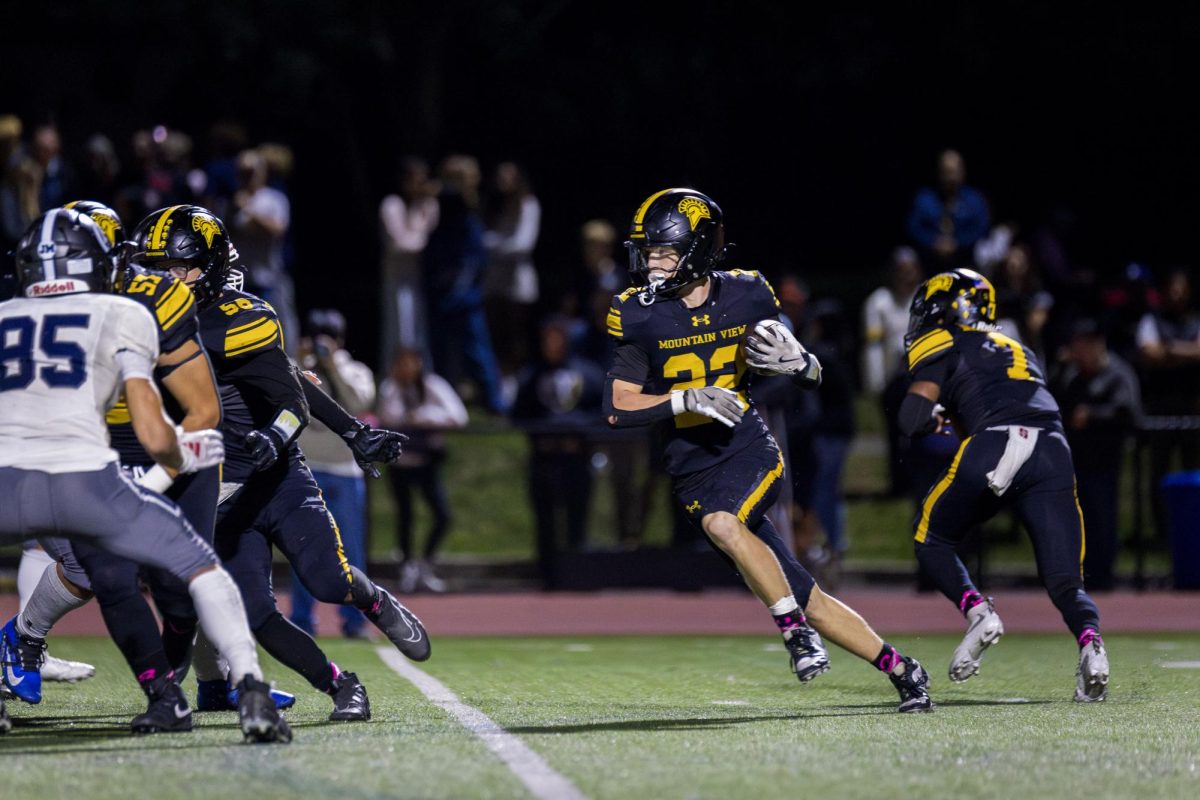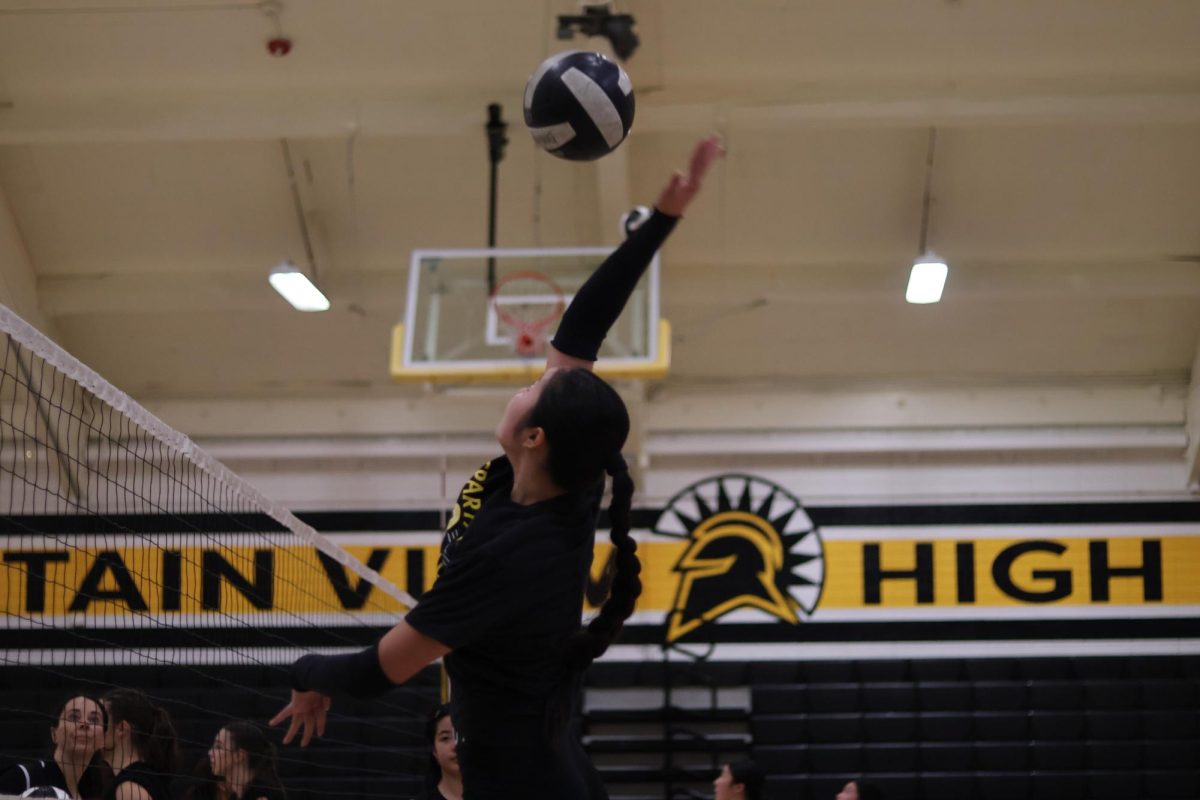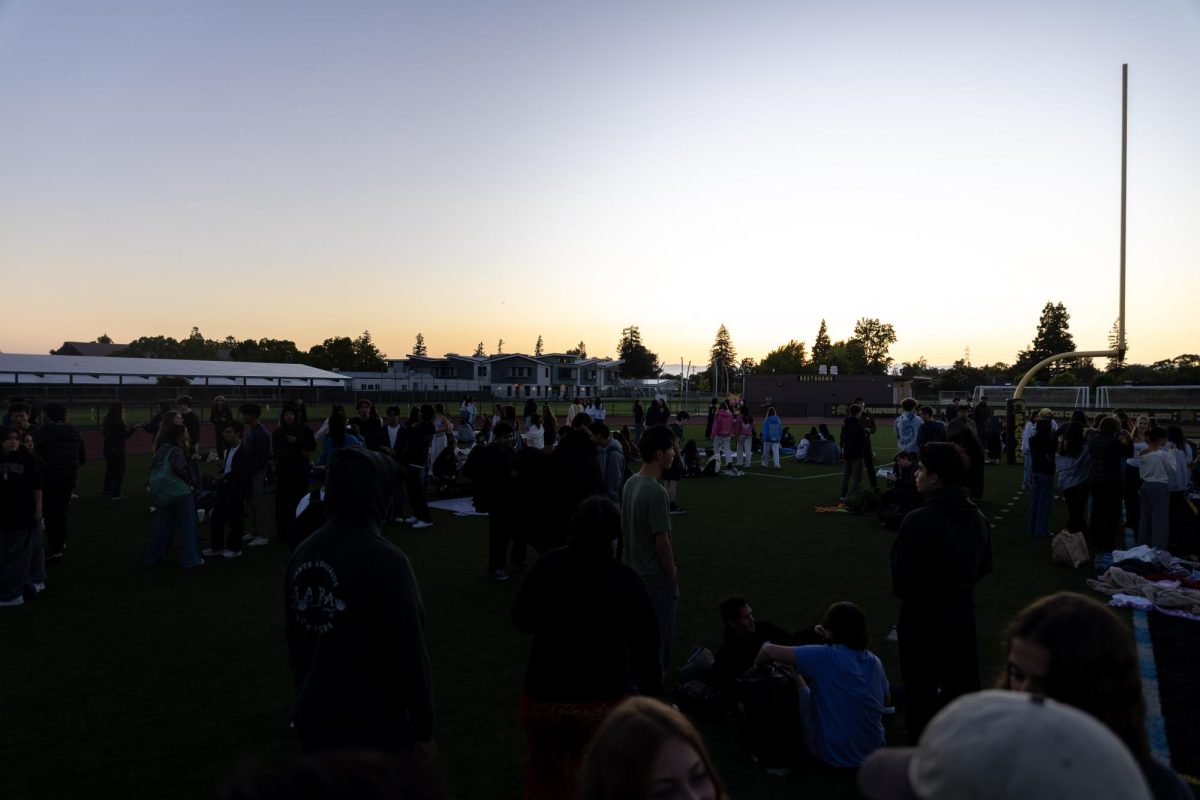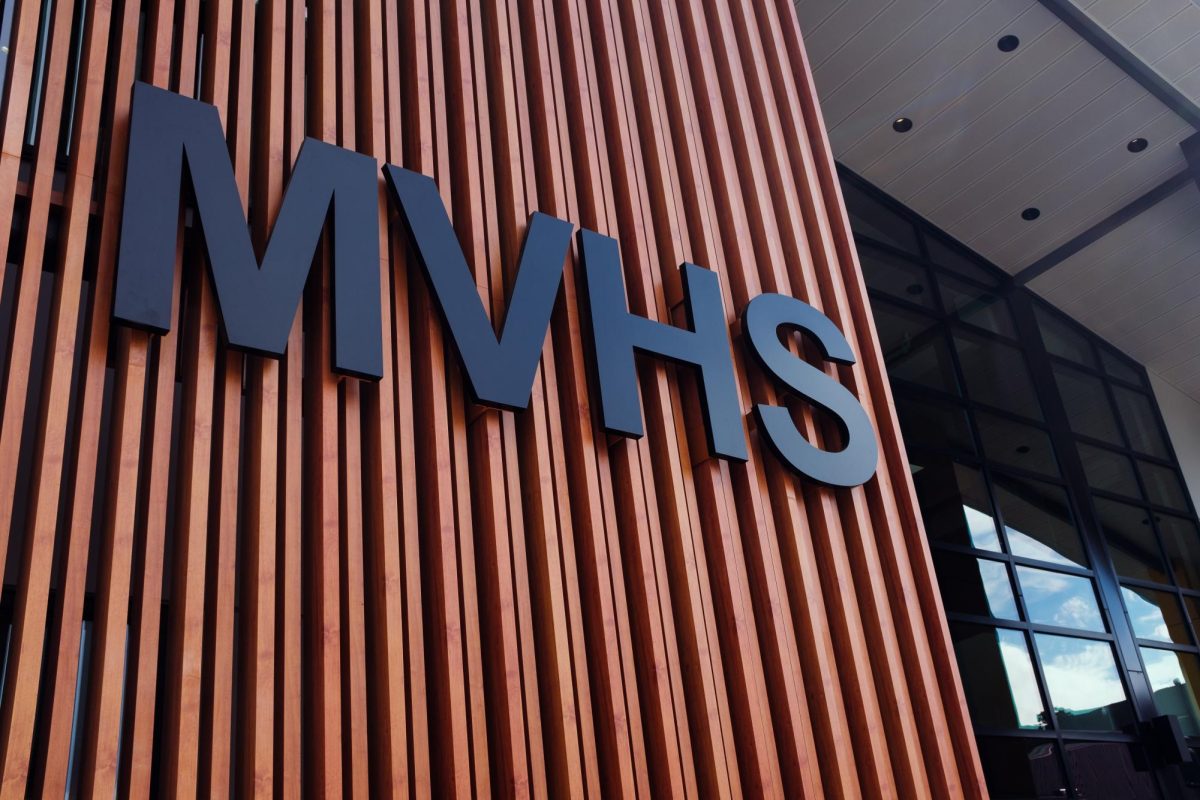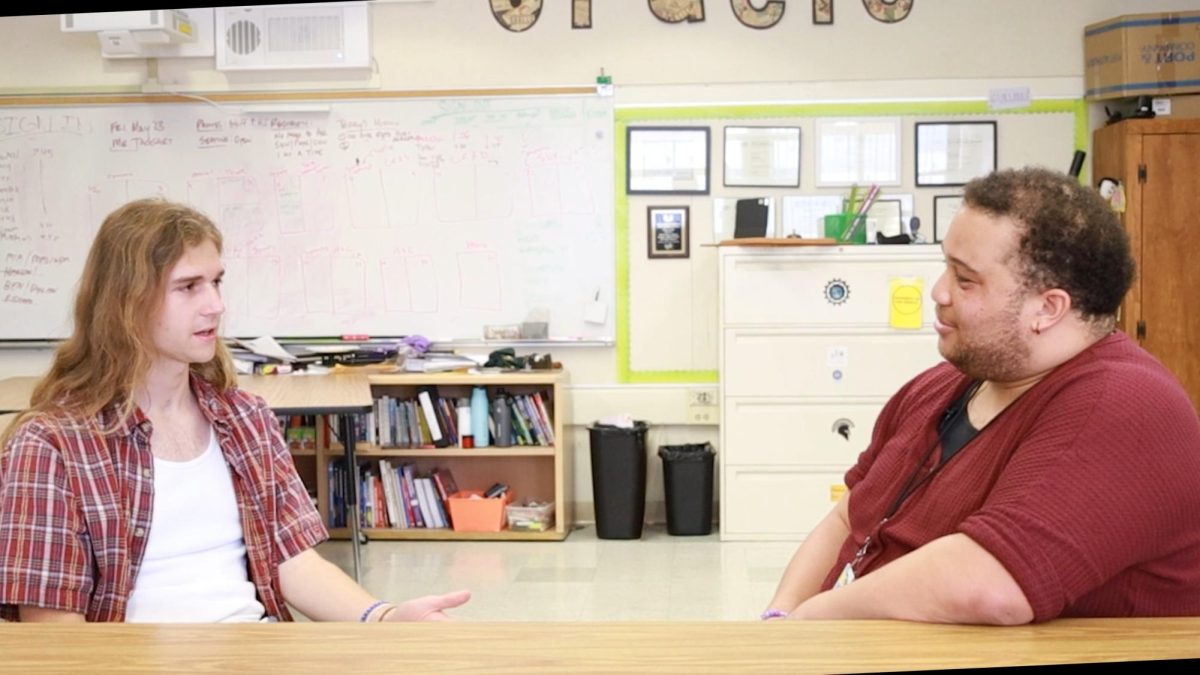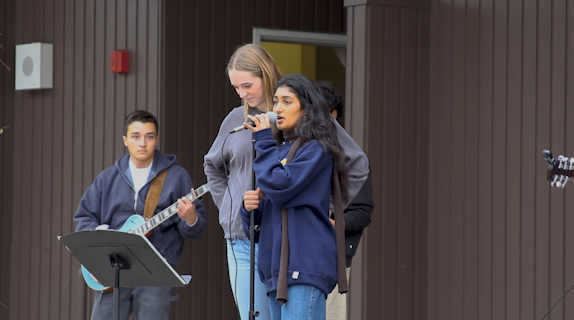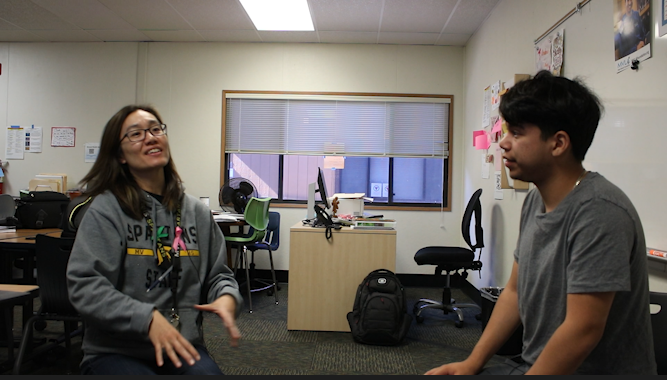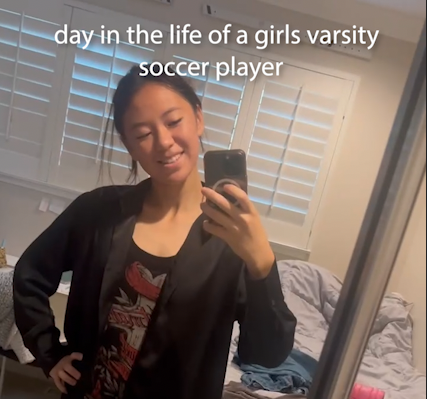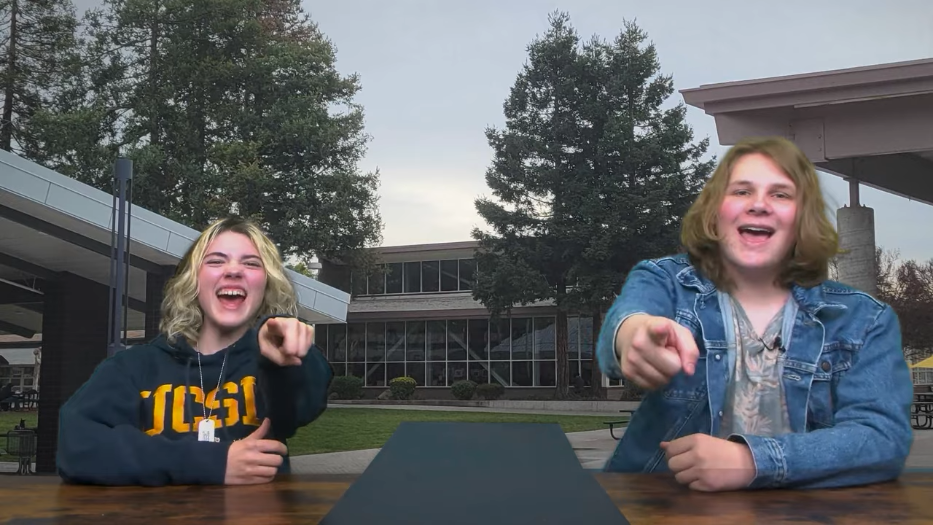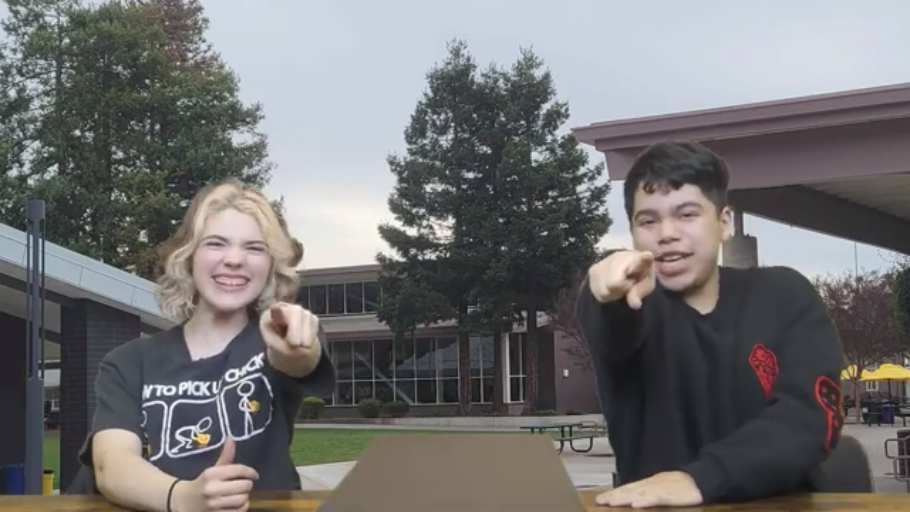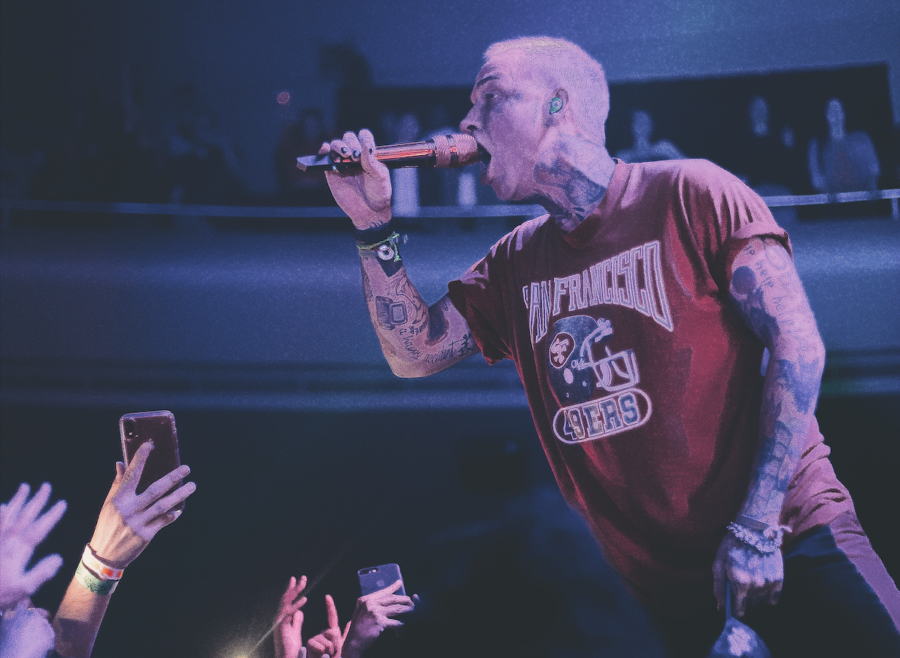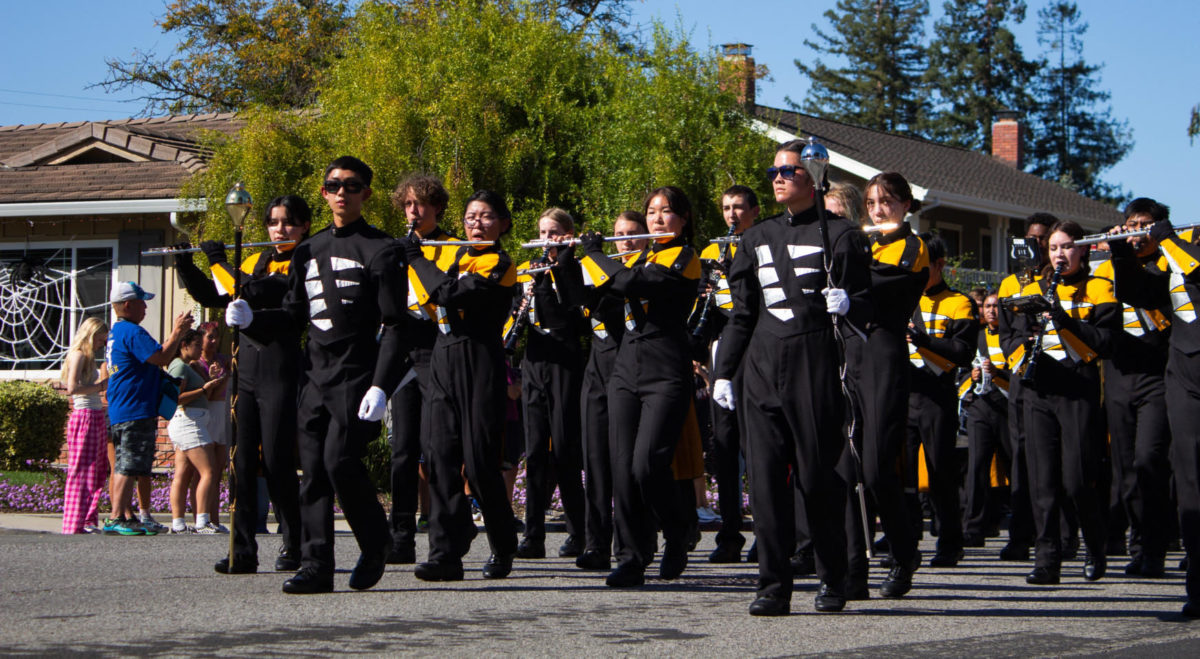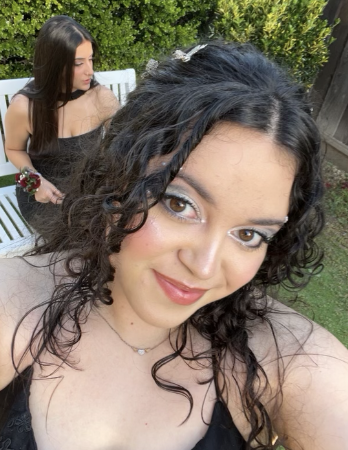This article first appeared in the fourth issue of the 2020-21 volume of the Oracle
Photos of friends, family, shoes, bikes, and landscapes all made their way into senior Jonathan Galindo’s Instagram account, @jonathanphotos. When people began reaching out for photoshoots, Galindo realized he could start charging for his photography and later transitioned to the concert scene.
After showing his photography to local performing artists during his freshman year, Galindo shot his first two concerts at Brick & Mortar Music Hall in San Francisco.
He quickly advanced from photographing local artists to more famous ones, like Blueface, a well-known rapper. By shooting one of the opening acts at the Blueface concert, Galindo was able to shoot Blueface’s performance.
“For that being my third concert, I was super excited,” Galindo said.
After building this reputation, Galindo was able to secure positions at even more concerts, shooting artists like Wifisfuneral and Blackbear.
Galindo learned video editing by making concert recaps, videos he made for smaller artists that showed them riling up the crowd. He made his first music video for an artist who had liked his recaps.
One of Galindo’s music videos for an artist called JAKOBI got 2,000 views in the first few weeks.
“I wasn’t even reaching out anymore. People started reaching out to me and offering me money,” Galindo said.
Galindo’s most successful video, for Doeboy Meegz, has a total of 60,000 views.
Galindo said he especially enjoyed making the music video, Bleed Em, by the East Palo Alto artist Lul Fredo. It was shot at a block party celebrating the artist’s cousin, who had just gotten drafted to the NFL.
Galindo loved documenting so many people, many of whom reposted it or looked at the video saying “Did the cameraman catch me? Did they catch me doing my dance?” Galindo said.
“It was just super fun and cool to see it blow up and watch it grow progressively,” Galindo said.
Galindo’s videography style is what he calls “runnin’ and gunnin’”— not staged, just picking a location and shooting.
“We used the street of their local childhood home or we used their garage or basement or we used their homemade studio or just the outside of their parking lot,” Galindo said.
Most artists that Galindo has worked with have never worked with another videographer afterwards.
“They come back to the youngest kid—‘cause there’s a lot of people doing this,” Galindo said. “They’re like 20-25, they’ve been in the game for a long time, and I was 17-16 at the time and they chose to come to work with me.”

Going back to his roots
In September, Galindo and his mother both got COVID-19, and his mother was hospitalized. Although she got better, Galindo was scared that he nearly lost her.
“Once you reflect and you are thankful for what you have, you realize that you could have documented that person more and you wish you could have been with that person more,” Galindo said. “And what’s a better way to remember someone than photos and videos?”
When his mother got COVID-19, Galindo realized that in his time shooting music videos and concerts, he had forgotten how he started: taking photos of his family. Since then, Galindo started taking more photos of his family again.
“I’m going back to my roots, going back to how I started,” Galindo said.
His photography started with his father. According to Galindo, his father used to take photos of Galindo and his cousins and relatives. Albums filled with photos. But after he passed away when Galindo was 12, there was no one taking photos anymore.
Now, Galindo said he said he carries his camera everywhere he goes, taking photos at family reunions and when he’s hanging out with friends.
“I want my photos to look like my dad’s photos because they were raw. They were in the moment,” Galindo said, “There was happiness in those photos, there was sadness in those photos, and he wasn’t a photographer but he was just there documenting.”
Galindo said his father used to help unite the two sides of the family. After his passing, Galindo said he tried to bring the family together again. He learned how sharing photos and videos can relinquish grudges held among family members.
“They totally forget why we started meeting and getting to know each other in the first place, why were we together and why did we hang out,” Galindo said. “Images and videos have a chance for you to relive those moments again.”
After his mother got COVID-19, Galindo wanted to change his work to reflect how he started.
“I’m trying to go back and be as raw as possible,” Galindo said. He let go of his logo, ‘Not the Same,’ and said he wanted his work to be about documenting rather than building a brand.
Galindo also started working full-time through Option B. He said he can finally do videography for free.
To Galindo, photography and videography have always been about documenting moments with friends and family, something that doesn’t require a career.
“If you just go hang out with your friends and you bring your camera along after you eat a burrito or whatever and you go to CVS rooftop and you start taking pictures—that’s documenting,” Galindo said.
“You’ll never have enough of those moments,” Galindo said.
Last year, Galindo’s friend passed away in a car accident. Galindo said he wished he took more photos of him.
“‘Cause you’re caught up in the moment—and that’s cool, that’s great and all—but you would like something to remember that person,” Galindo said.
Now, Galindo tries to take his camera with him more, capturing photos of people around him.
“Even if they’re doing something I just ‘click’ take a picture, and they hear the shutter and they turn around and they’re like, ‘What are you doing?!’ and then I’m like ‘I’m just taking a picture,’” Galindo said.

